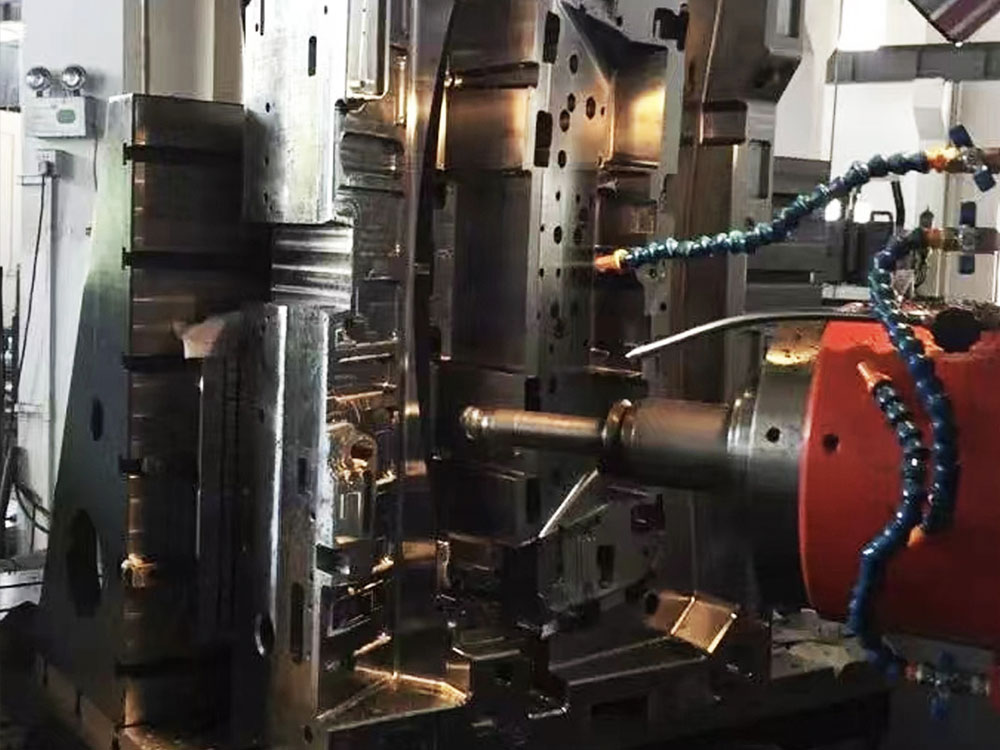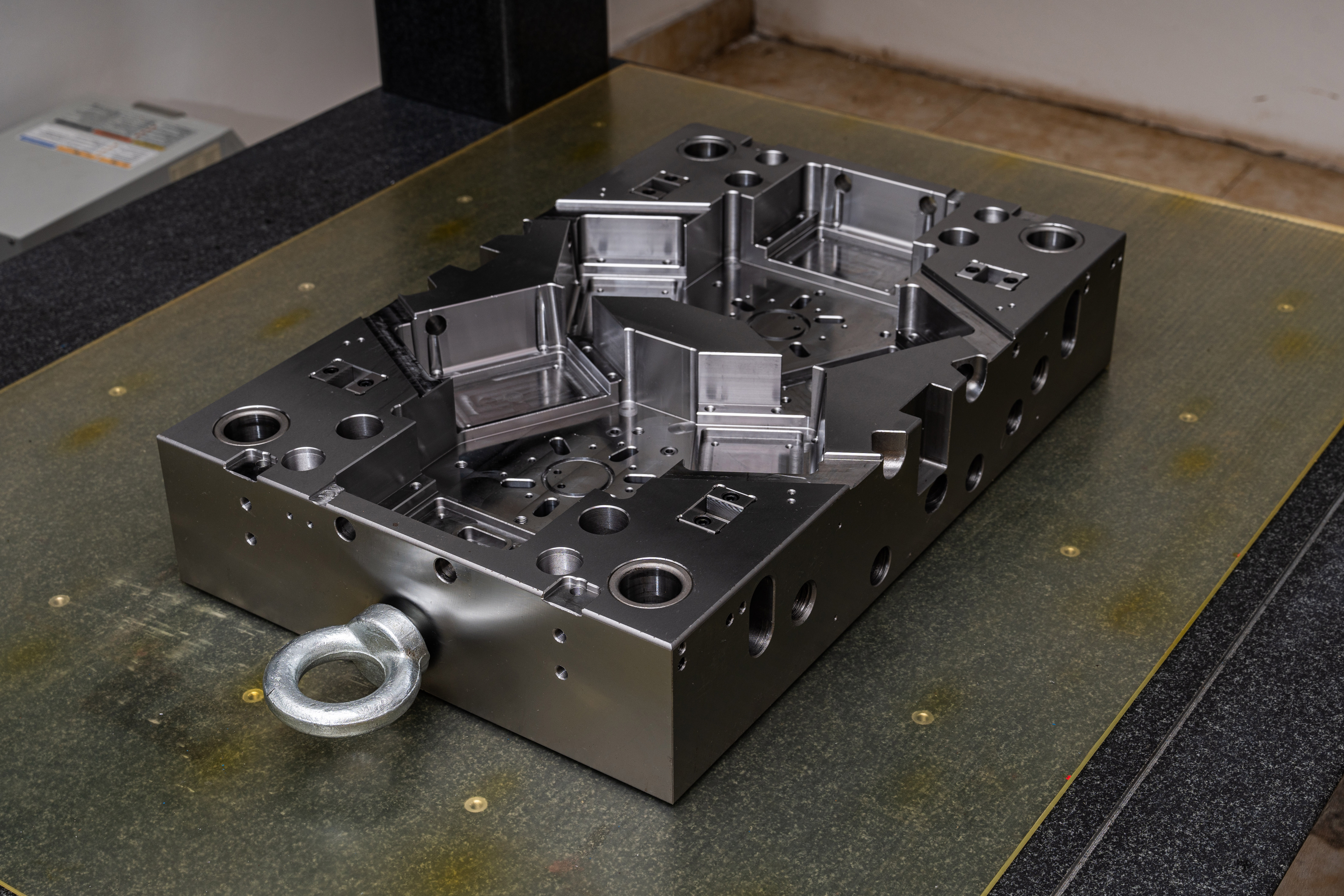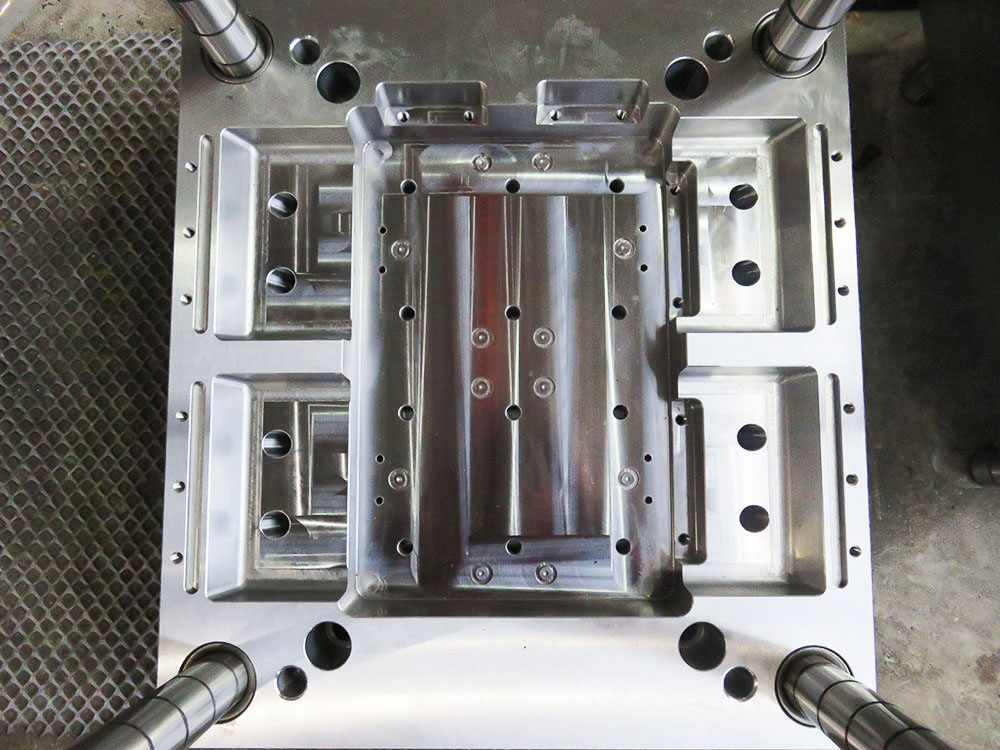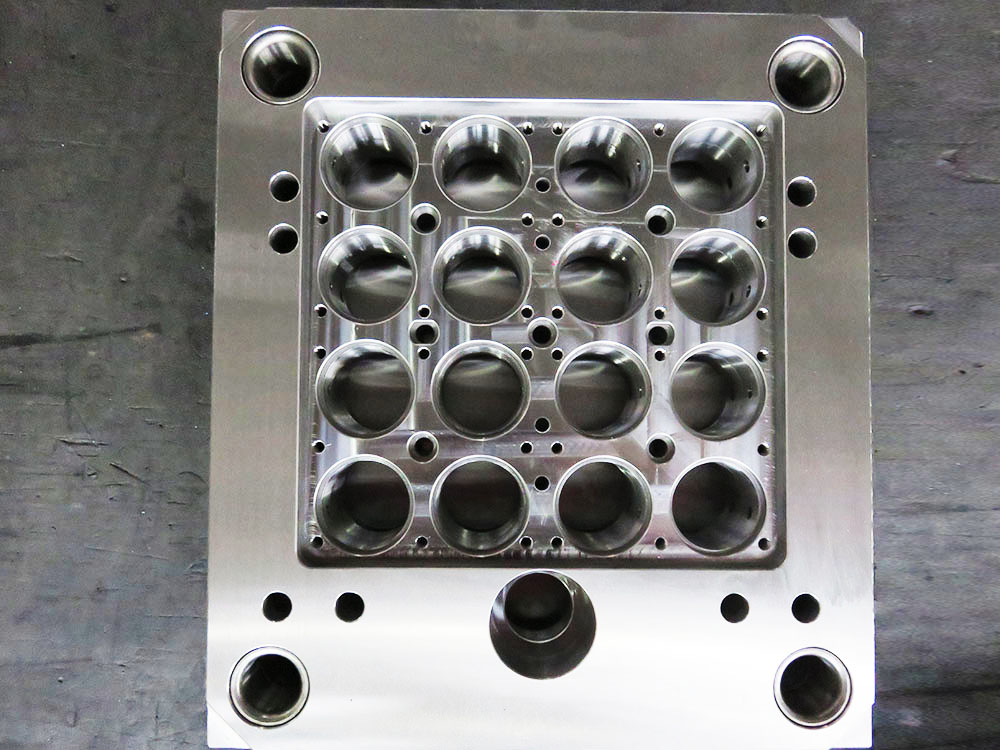Mold Base Industry: Setting up a Model Template in EMX
In the mold base industry, establishing an efficient and standardized model template is crucial for ensuring consistent quality and streamlining the manufacturing process. EMX, an advanced software system specifically designed for mold base production, offers an array of features that facilitate the creation and implementation of model templates. This article will delve into the steps involved in setting up a model template in EMX, providing a comprehensive guide for professionals in the mold base industry.
Step 1: Defining the Project Parameters
The first step in setting up a model template in EMX is to define the project parameters. These parameters encompass various aspects, such as the mold base size, material specifications, and design elements. By clearly defining these parameters at the outset, designers can ensure consistency and accuracy throughout the project.
Step 2: Creating the Model Template
Once the project parameters are established, the next step is to create the actual model template in EMX. This involves leveraging the software's rich library of components and design elements, such as standard mold bases, ejector pins, and cooling channels. By utilizing these pre-determined components, designers can save time and effort in designing the mold base.
Step 3: Customizing the Model Template
While EMX offers a wide range of standard components, it is often necessary to customize the model template to meet specific project requirements. This can be achieved by modifying the dimensions, adding or removing components, or altering the design elements. EMX provides a user-friendly interface that enables designers to easily customize the model template to their exact specifications.
Step 4: Validating the Model Template
After creating and customizing the model template, it is essential to validate its accuracy and functionality. EMX offers powerful simulation tools that allow designers to analyze and optimize the mold base design. By simulating the mold base production process, potential issues and inefficiencies can be identified and rectified before the actual manufacturing begins.
Step 5: Implementing the Model Template
Once the model template has been validated and approved, it is ready for implementation in actual mold base production. EMX provides seamless integration with CNC machines, allowing for efficient and accurate machining of the mold base components. By utilizing the model template in the manufacturing process, companies can ensure consistency, reduce errors, and expedite production times.
Conclusion
In the mold base industry, setting up a model template in EMX is a crucial step towards achieving consistent quality and streamlining the manufacturing process. By following the steps outlined in this article, professionals in the mold base industry can leverage the power of EMX to create efficient and customized model templates. With its comprehensive features, EMX provides a valuable tool for designing, simulating, and implementing mold bases, leading to enhanced productivity and profitability in the industry.




